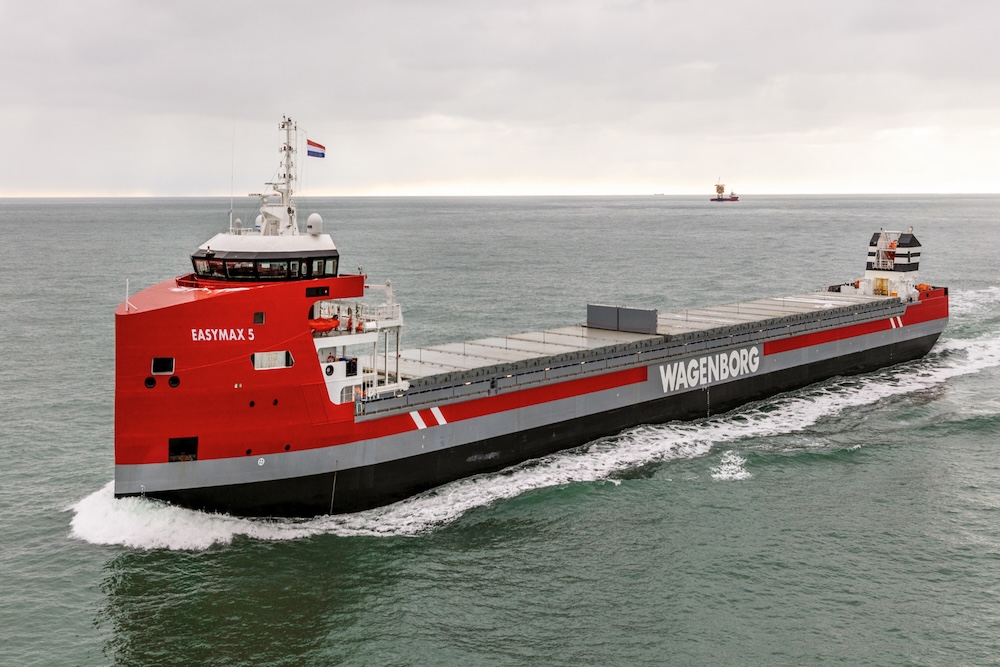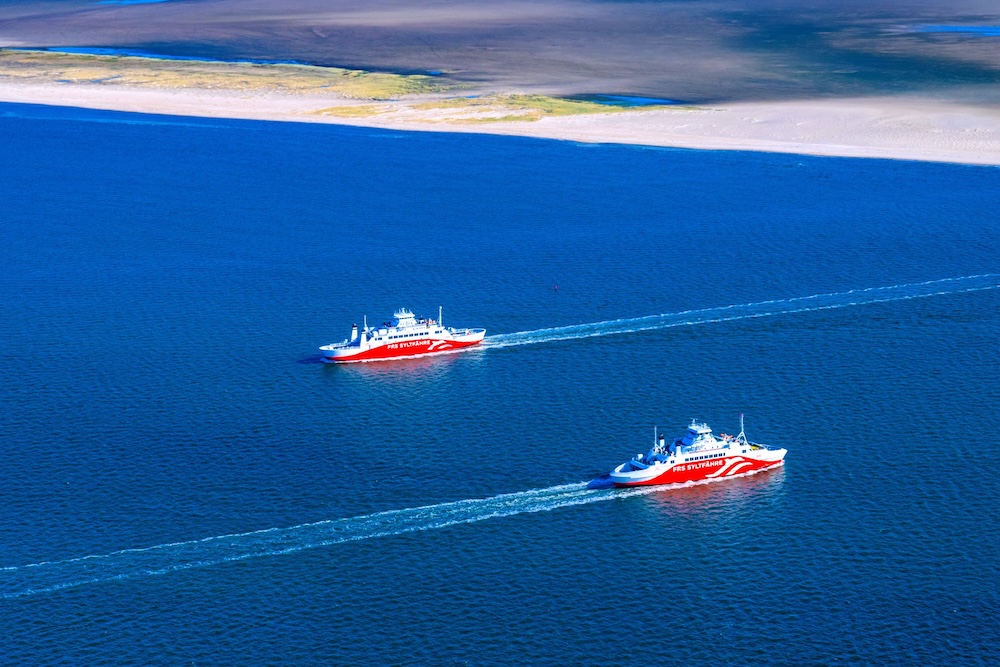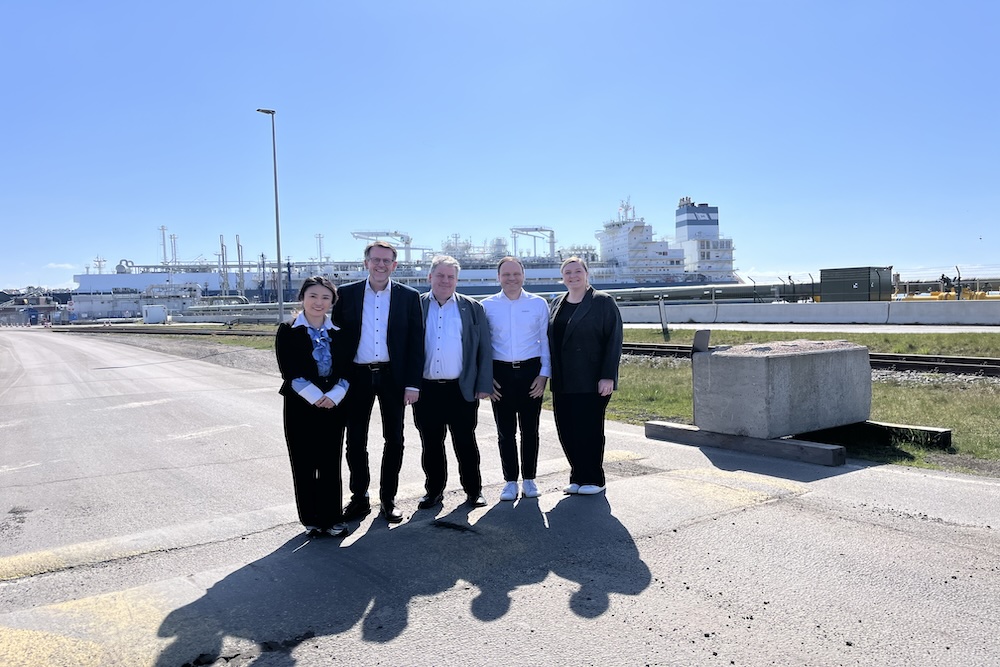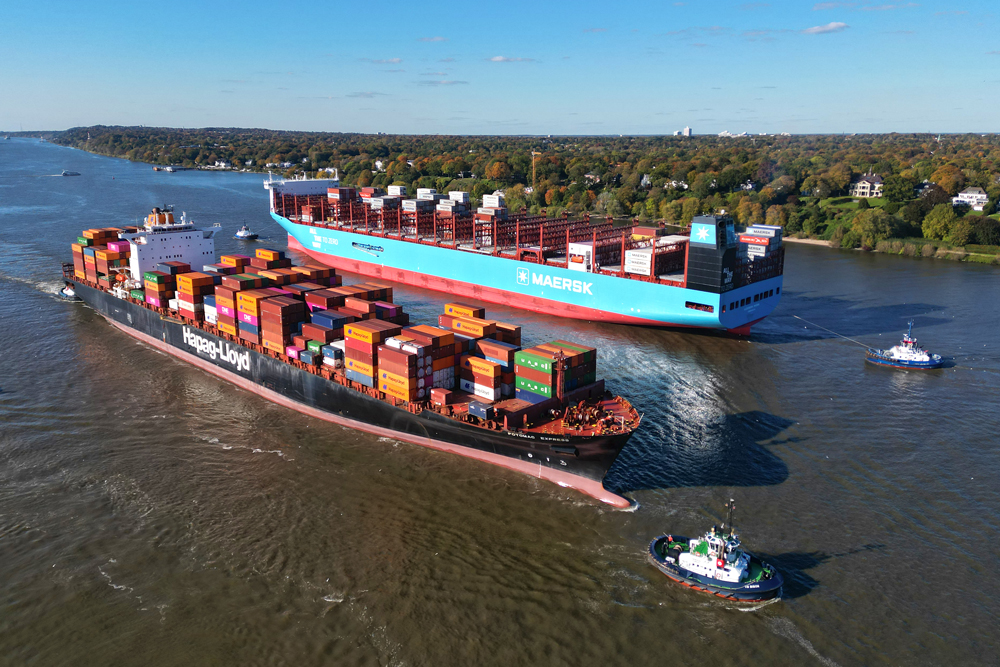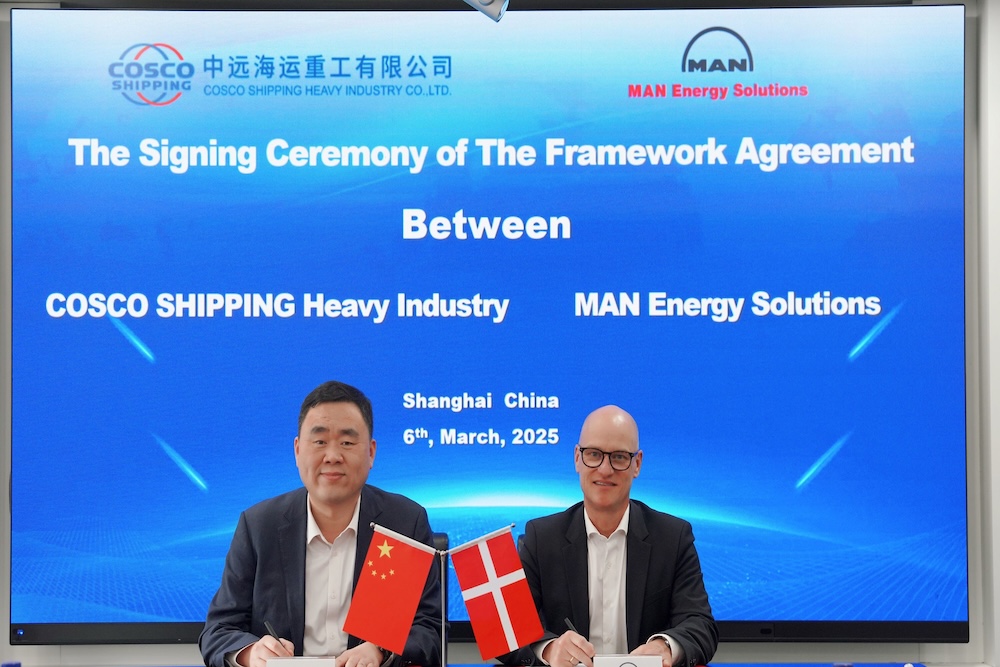According to Norwegian analysts, the global bunker market for liquefied natural gas could grow by 50% to more than 7 million cubic meters this year.
Following the 2022 gas crisis, liquefied natural gas (LNG) is now gaining a strong market share in the bunker business as a fuel for shipping.
The driving factors behind this are increasing deliveries of new ships with dual-fuel engines for LNG operation, low gas prices and increasing pressure from legislators to reduce emissions.
As the Norwegian consultancy Rystad reports, LNG bunker deliveries worldwide increased significantly to 1.9 million m³ in the first quarter. The experts believe an increase to over 7 million m³ is possible for the year as a whole – that would be an increase of 50% compared to 2023, when volumes had already shot up by 62% to 4.7 million m³ following a dip in the previous year due to the explosion in gas prices.
More and more ships are bunkering LNG
According to Rystad, around 2,400 ships worldwide now run on LNG – around half of them gas tankers that carry the liquefied gas as cargo and use the boil-off quantities for ship operations. The order book comprises a further 1,000 units, including more and more car carriers (PCTC) in addition to gas tankers and container freighters. For example, 75% of all new car carriers ordered in the previous year were designed for dual-fuel/LNG propulsion.
Studies show that using LNG as a fuel enables emission savings of up to 15% compared to diesel along the entire chain from extraction to onboard combustion. However, this requires avoiding methane slip within the supply chain and combustion on board. In order for LNG to effectively fulfil its function as a bridge solution to a low-emission era, the shipping industry urgently needs to establish its own system for monitoring and preventing methane slip, writes Rystad analyst Junlin Yu.
Given the current price structure, LNG operation also promises considerable cost advantages over heavy fuel oil or diesel operation. Since last year, the equivalent price (same energy content) for liquefied natural gas as a bunker has again been significantly lower than for conventional fuel.
Last week, the Swedish market research company MABUX recorded an equivalent price of just 641 US$/t for marine LNG compared to 916 US$/t for marine gas oil (MGO) for delivery in the Portuguese port of Sines. According to MABUX, the historically high gas inventories in Europe after the winter continued to put pressure on prices. So far, the LNG market has been unimpressed by the crisis and increasing threat of war in the Middle East. The risk of Iran closing the Strait of Hormuz is not currently reflected in prices. Around 20% of global LNG imports come from Qatar and the United Arab Emirates and have to be transported through the Strait. (mph)










